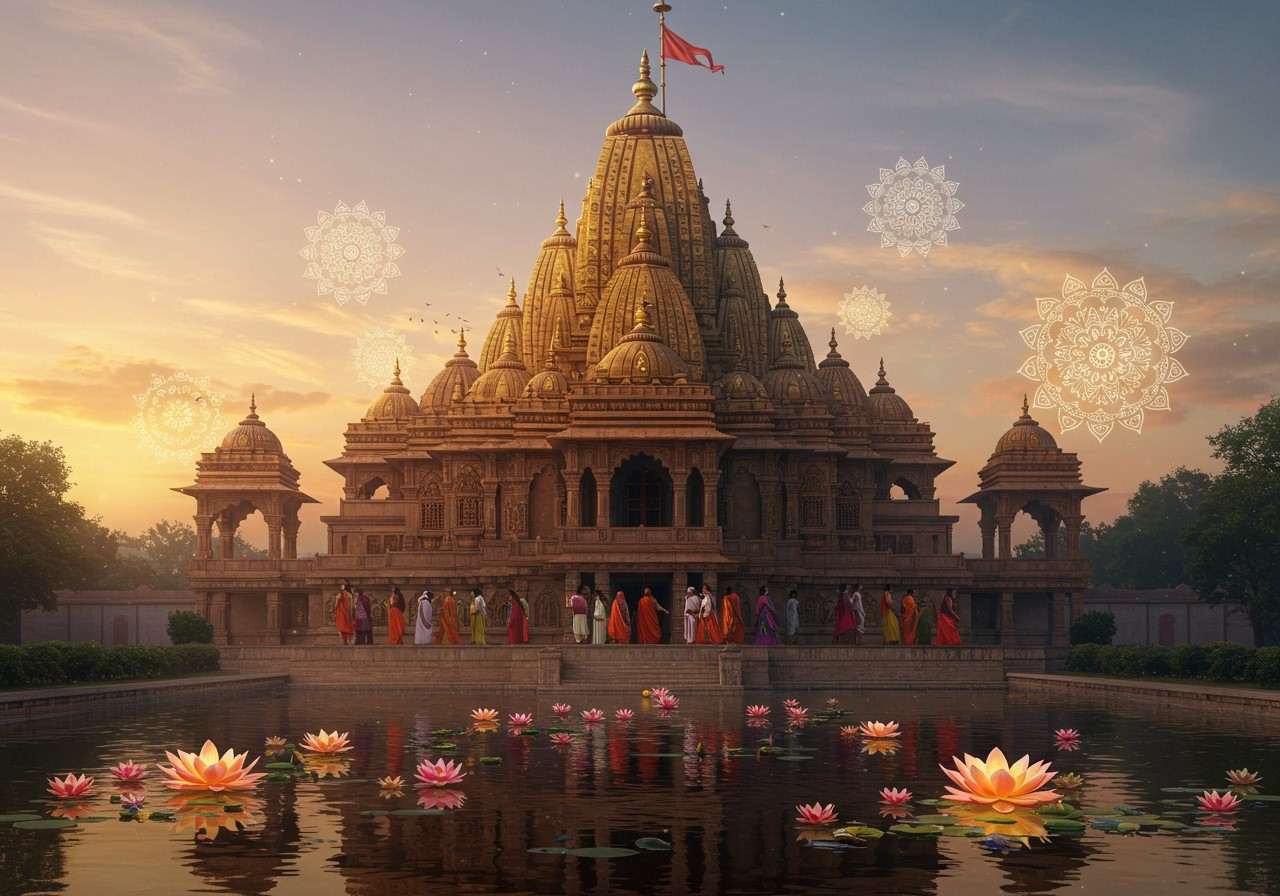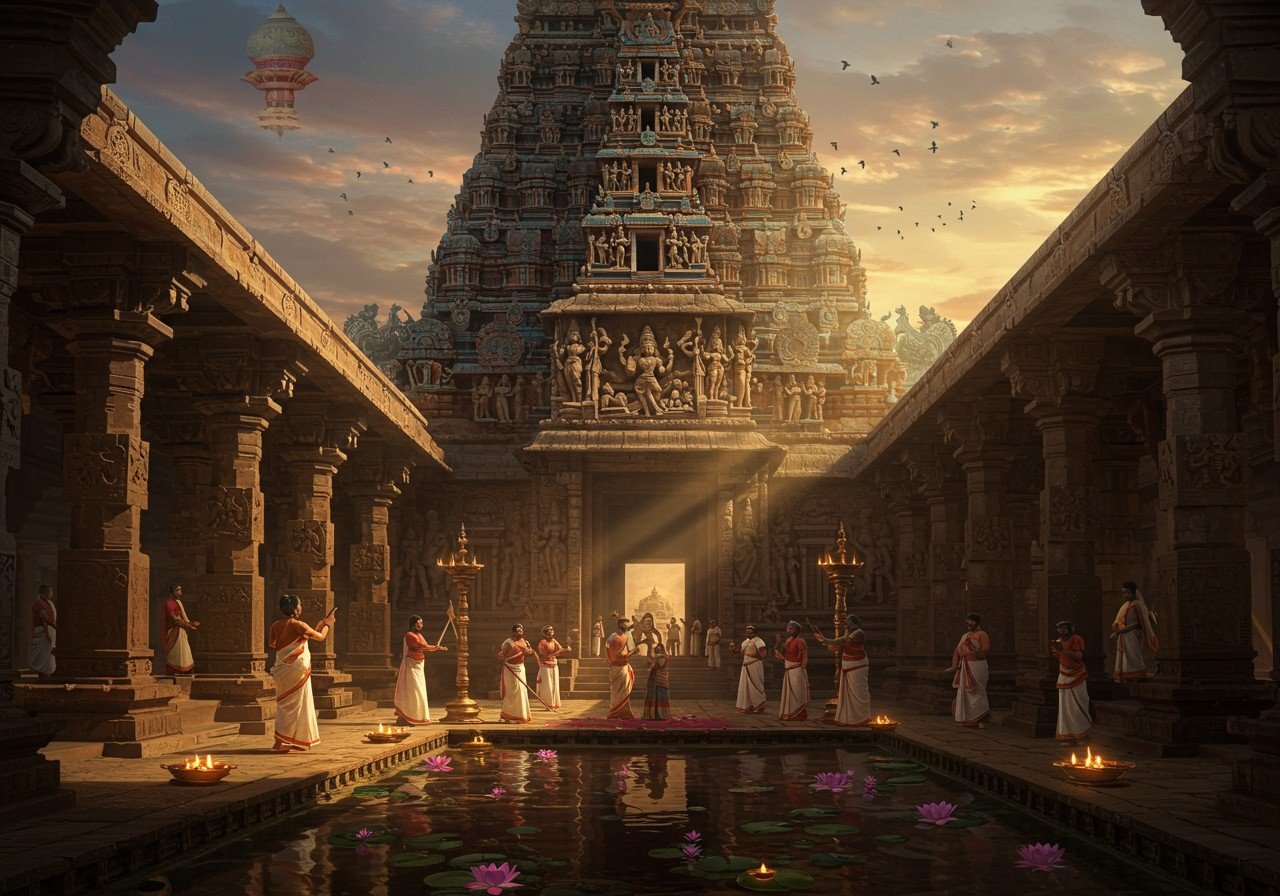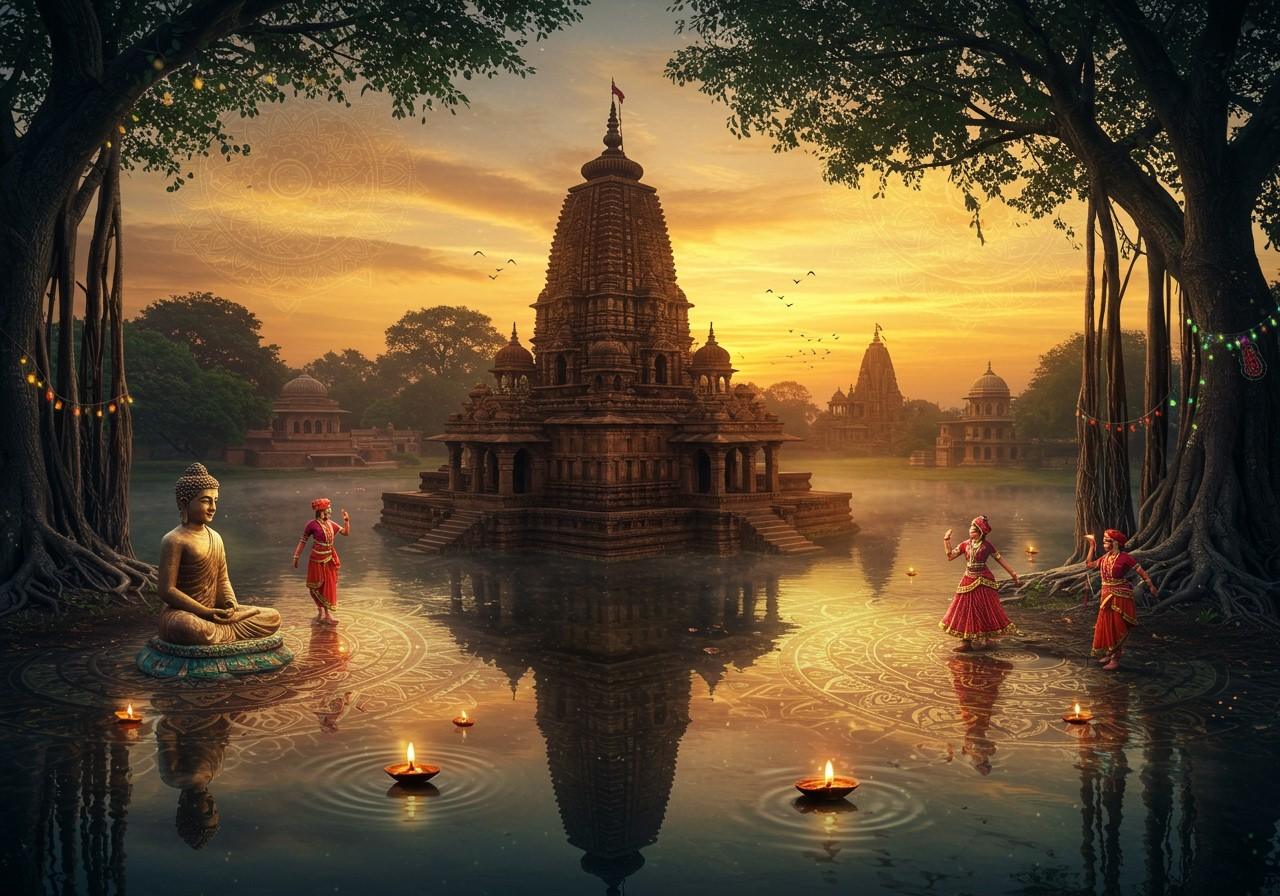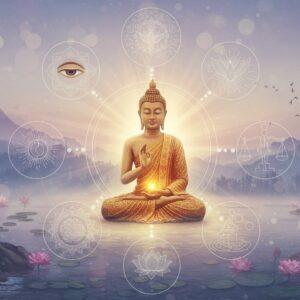
Nestled in the bustling Uzan Bazar area of Guwahati, Assam, lies a sanctuary of immense spiritual power and historical depth – the Ugro Tara Temple, or Ugratara Devalaya as it is lovingly called. This isn’t just another temple; it’s a living, breathing heart of devotion, a place where centuries of faith, culture, and tradition converge. Dedicated to Goddess Tara, a fierce and compassionate form of Maa Parvati, this sacred site holds a special place in the hearts of devotees, particularly those who follow Shaktism and Tantric practices.

A Journey Back in Time: The Temple’s Rich History
The story of the Ugro Tara Temple takes us back to 1725 AD, during the reign of the Ahom King, Siva Singha. It was his vision that brought this temple to life. Alongside the temple, he also commissioned the creation of the Jorepukhuri, or “twin ponds,” that you can still see to the east of the temple, adding to its serene atmosphere.
But the temple’s roots go even deeper into mythology. It is widely believed that this is a Shakti Peetha, the sacred spot where the navel of Goddess Sati fell. This legend infuses the very ground with divine energy. Like many ancient structures, the temple faced nature’s fury and was damaged during a great earthquake in 1897. However, the unwavering faith of the local community, led by a devoted individual, ensured it was rebuilt, preserving its spiritual legacy for generations to come.
The Heart of Devotion: Culture and Religious Significance
What makes the Ugro Tara Temple truly unique is its form of worship. In the inner sanctum, you won’t find a traditional idol or image of the Goddess. Instead, devotees offer their prayers to a small pit filled with water, which is revered as the divine form of the Goddess. This profound practice signifies that the divine is formless and present everywhere, a core belief in many Indian spiritual traditions.
The temple is a major centre for Shakti worship and is deeply connected with Tantric practices. It is said that even the great sage Rishi Vasishtha worshipped here. Devotees express their reverence through offerings of red hibiscus flowers, coconuts, and mustard oil. The temple comes alive with vibrant energy during festivals. The air buzzes with devotion during Durga Puja and Navratri, celebrated with great enthusiasm. For those preparing for these auspicious occasions, Poojn.in offers a complete Durga Puja Dashakarma Kit to help you perform your rituals with authenticity and ease. Another important event is Manasa Puja, a festival honouring the serpent goddess, which is a significant part of Assamese culture.

Architectural Beauty and Sacred Spaces
The temple is a wonderful example of traditional Ahom architecture, with its distinctive sloping roof that stands out in the landscape. The main temple structure exudes an aura of ancient sanctity. Behind the main temple, there is also a Shiva temple (Sivalaya) for devotees of Lord Shiva. The adjacent Jorepukhuri tank is considered holy, and its calm waters reflect the sky, creating a peaceful environment perfect for quiet reflection and prayer.
A Unique Spiritual Path: The Legend of Vamachara Sadhana
An intriguing legend associated with the temple tells of a time when Rishi Vasishtha cursed Ugra Tara and Shiva. According to this story, Ugra Tara then became a Goddess associated with Vamachara sadhana, a complex and often misunderstood Tantric path. This story adds another layer of depth to the temple’s spiritual identity, highlighting its importance as a centre for diverse spiritual practices.
Bringing the Divine Energy Home with Poojn.in
A visit to the Ugro Tara Temple leaves a lasting impression of peace and divine strength. To keep this sacred energy with you and create a spiritual corner in your own home, consider bringing home a beautiful representation of the Goddess.
- Pure Brass Maa Tara Murti: At poojn.in, we offer a beautifully crafted Pure Brass Maa Tara Murti. Having this murti in your pooja room can serve as a constant reminder of the Goddess’s compassionate and protective presence, helping you overcome obstacles and find inner peace.
- A Symbol of Protection and Grace: Maa Tara is revered as a saviouress, guiding her devotees through the troubles of life. This elegant brass statue not only enhances the aesthetic appeal of your home but also fills it with positive vibrations, creating an atmosphere of devotion and tranquillity.
Planning Your Visit to this Sacred Abode
For those planning to experience the spiritual ambiance of the Ugro Tara Temple, it is easily accessible within Guwahati. The best time to visit is during major festivals to witness the culture in full bloom, though the temple offers a serene experience year-round. It’s important to be respectful of the local customs and rituals, which are an integral part of the temple’s sanctity. To delve deeper into India’s sacred places, you might also enjoy reading about the cultural legacy of the Dharmaraya Swamy Temple.
Frequently Asked Questions about the Ugro Tara Temple
What is the historical background of the Ugro Tara Temple?
The temple has a rich history dating back to the 18th century. It was constructed in 1725 AD by the Ahom King, Siva Singha, and is considered a powerful Shakti Peetha, making it one of Assam’s most significant historical and religious landmarks.
Why is this temple considered so important for devotees?
Its importance comes from its direct dedication to Goddess Tara, a revered form of Shakti. Furthermore, its unique tradition of formless worship and its role as a centre for Tantric practices draw devotees from across India seeking spiritual growth and divine blessings.
What makes the culture surrounding the temple unique?
The temple is a vibrant hub of Assamese culture. The celebration of local festivals like Manasa Puja, alongside pan-Indian festivals like Durga Puja, showcases a beautiful blend of regional traditions and broader Hindu practices, making it a crucial part of the local cultural identity.
Is photography permitted inside the temple premises?
To maintain the sacredness and sanctity of the space, photography is generally not permitted inside the main temple sanctum. However, you can usually take pictures of the temple’s beautiful exterior and the surrounding areas.


